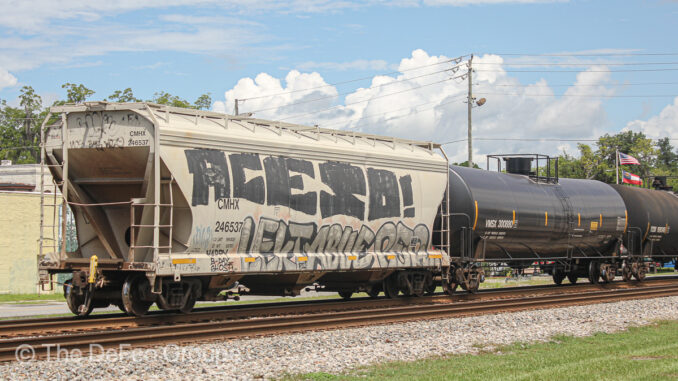
The Federal Railroad Administration has issued a final rule, extending the amount of time freight rail equipment can be left off-air — with its air brake system depressurized — before requiring a new brake inspection.
Officials say the final rule should reduce the number of idling locomotives. It also incorporates longstanding waivers for brake inspections, tests and equipment, while clarifying existing regulations and removing outdated provisions.
FRA’s final rule permits trains to be off air for as long as 24 hours, bringing the U.S. in line with Canada. Since 2008, Canada has allowed trains to be off air for 24 hours, and the country’s operational safety data supports FRA’s action, the agency said in a news release.
“Incorporating technologies and safety practices, this final rule improves freight rail efficiency and will make our freight rail system competitive for the future,” FRA Administrator Ronald L. Batory said in a news release. “Issuing waivers permitting railroads to test these practices gave us an opportunity to verify the safety benefits. Modernization no longer has to happen by waiver; it’s permanent, and the economic impact to freight rail couldn’t come at a more pressing time.”
The regulatory cost savings is estimated to be over $500 million over the next decade, adding to the over $93 billion in regulatory savings under U.S. Department of Transportation Secretary Elaine L. Chao, officials said. With the change, FRA officials estimate the industry will perform 110,000 fewer Class I brake inspections annually.
“In the more than four years since FRA began issuing waivers for this procedure, we’ve seen it used on more than 800,000 rail cars and have observed remarkable safety improvements,” Batory added.
Cars tested with an automated single car test device showed an 18% reduction in repeat freight car brake failures. Cars tested with the four pressure method showed a 58% reduction in repeat freight car brake failures.
These demonstrated improvements permit FRA to increase the testing intervals for freight cars from one year to 24- or 48-month intervals, depending on the automated test method a railroad uses, officials said.
Meanwhile, FRA is also changing the required height for end-of-train (EOT) marking device displays, reducing it from 48 inches to 40 inches above the rail. This change will permit the manufacture and use of smaller and lighter EOT devices, making them safer for rail workers to carry.

